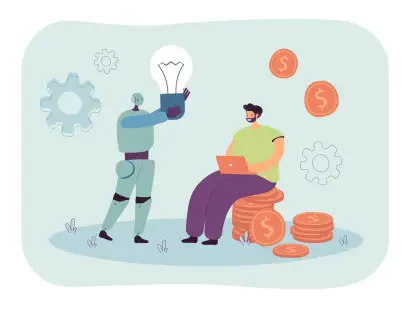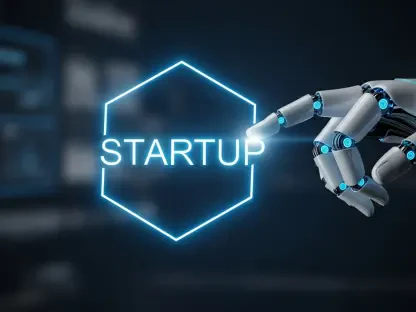The technology industry continues to flourish amid rapid innovation and increasing mergers and acquisitions. A notable move in 2024 was Roper Technologies’ acquisition of Subsplash for $800 million. Subsplash, a renowned AI-enabled, cloud-based software and fintech provider based in Dallas, primarily serves faith-based organizations. This strategic move aligns with Roper’s plan of investing in high-growth and high-margin businesses, with a focus on AI innovation and digital transformation. The acquisition underscores Roper’s commitment to expanding its portfolio with niche technologies capable of driving shareholder value through organic growth and margin expansion.
Industry Overview
The tech industry has grown into a critical backbone of the modern economy, significantly influenced by digital transformation and technological advancements. The scope spans from software and hardware solutions to intricate fintech and AI capabilities, which are integral to enhancing productivity and efficiency across sectors. Major players continuously redefine the landscape, fueled by evolving consumer demands and innovative applications. Moreover, the industry is guided by regulations that ensure fair competition, data protection, and ethical AI usage, shaping strategy and operations for tech companies worldwide.
Market Trends and Growth Projections
Key Industry Trends
Emerging technologies such as artificial intelligence, cloud computing, and fintech innovations are central to today’s tech industry. These tools are reshaping consumer interactions and business operations by offering more personalized, secure, and efficient solutions. Additionally, there is a marked shift toward subscription-based models, with companies capitalizing on continuous service delivery. This evolution translates into new opportunities for growth, as businesses increasingly adopt AI-driven strategies to improve customer engagement and decision-making processes.
Growth Projections and Market Statistics
The tech industry shows robust performance with strong growth forecasts. Reports indicate a projected rise in market value driven by sustained demand for cloud-based solutions and agile software platforms. This uptrend is expected to continue with the adoption of AI technologies and increased investment in tech infrastructure. Economists suggest that consistent revenue growth can be observed among prominent players, facilitated by strategic mergers and acquisitions like Roper’s recent Subsplash purchase. As a result, the industry is poised for substantial expansion and profitability in the coming years.
Industry Challenges
Despite significant advancements, the industry encounters several challenges. One key obstacle is the rapid pace of technological change, which requires companies to continuously innovate to stay competitive. Regulatory compliance remains another hurdle, particularly in data privacy and cybersecurity, as businesses balance innovation with consumer protection. Furthermore, the competitive nature of the tech sector demands robust strategies to maintain market share, which can be daunting for smaller firms. Some industry players address these challenges by forming strategic alliances and investing in advanced research and development to gain a competitive edge.
Regulatory Landscape
Regulations play a vital role in shaping the tech industry. Stricter data protection laws, such as GDPR, force companies to reevaluate their data handling practices. Furthermore, compliance with standards related to AI and cybersecurity ensures that tech solutions are both innovative and ethically sound. These regulations impact cost structures and necessitate investments in compliance measures, affecting industry practices. Companies must navigate this complex landscape to ensure operational viability while maintaining consumer trust, emphasizing the growing importance of regulatory awareness.
Future Industry Outlook
The tech industry is charting a course toward unprecedented growth and innovation with increased adoption of AI and machine learning technologies. These advancements promise enhanced efficiency and transformative capabilities across sectors. Additionally, shifts in consumer preferences toward digital services and the surge of IoT applications highlight lucrative growth areas. However, market disruptors, such as new entrants and evolving regulations, are expected to influence future dynamics. As innovation and regulatory changes intertwine, industry leaders are increasingly focusing on sustainability and long-term value creation.
Conclusion and Recommendations
The analysis reveals that Roper’s acquisition of Subsplash signifies a strategic move within a rapidly evolving industry. Subsplash’s AI and cloud-based innovations provide robust growth opportunities, enhancing Roper’s competitive positioning. Moving forward, businesses should focus on capitalizing on emerging technology trends while navigating regulatory challenges. Emphasizing research and development, forging strong partnerships, and maintaining a consumer-centric approach will be key to success. By leveraging these strategies, companies can ensure resilience and capture market opportunities in an increasingly digitalized environment.









